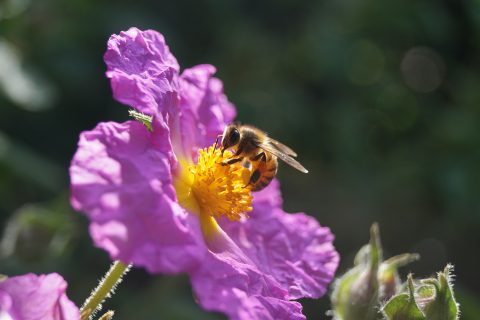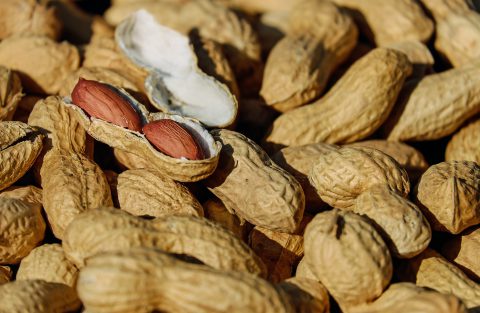The trending article recommendations on the @F1000 social media feeds this week, as well as interesting picks from the science Twittersphere.
Jabir Mohamed and Jastaran (Jasty) Singh are graduate students at the University of Toronto, and both became F1000 Specialists earlier this year. Here they share what they’ve been doing since then, and their plans for 2016! If you’d like to become an F1000 Specialist yourself, and tell your own colleagues about F1000, you can sign…
A selection of new content on F1000Research from the past week. To receive notification of all new articles, sign up for our table of contents alerts. Featured channel ELIXIR is the European life-science infrastructure for biological data. It brings together Europe’s major life-science data archives and, for the first time, connects these with national bioinformatics…
The trending article recommendations on the @F1000 social media feeds this week, as well as interesting picks from the science Twittersphere.
The open research value proposition: How sharing can help researchers succeed. This working paper by Erin McKiernan et al. is welcoming your feedback. Five selfish reasons to work reproducibly. Article in Genome Biology by Florian Markowetz. (“And so, my fellow scientists: ask not what you can do for reproducibility; ask what reproducibility can do for…
A selection of new content on F1000Research from the past week. To receive notification of all new articles, sign up for our table of contents alerts. Featured channel The NetBio Special interest Group (NetBio SIG) channel hosts posters and slides from NetBio SIG meetings that cover new developments in network biology, focusing on two major…
The Peer Reviewers’ Openness Initiative asks reviewers to consider whether the paper they are reviewing is sufficiently open, and refuse to review articles that won’t allow access to underlying data. Darren Boehning didn’t get funding for a BRCA1 research project, so he put the proposal on his blog ready for anyone else to pick up…
What makes us look like humans? An analysis of how the Homo sapiens cranial features were acquired. https://t.co/Rgwu4IFiVX — F1000 (@F1000) November 30, 2015 Food for thought: increased peanut allergen exposure through atopic dermatitis may lead to sensitization & allergy. https://t.co/ABpty4Bc7u — F1000 (@F1000) November 27, 2015 A picture paints a thousand words: evidence that…
This week the World Health Organisation (WHO) released the most comprehensive report to date on the state of foodborne illness worldwide; one of the key papers presenting the data and results that contributed to the report has just been published in F1000Research. The WHO report, titled ‘Estimates of the Global Burden of Foodborne Diseases’, presents…
Harriet Dashnow is a Bioinformatician and PhD candidate at Murdoch Childrens Research Institute, Royal Children’s Hospital, in Melbourne. She has several posters on F1000Research, and we asked her about her experiences with sharing posters, and about her work. Why do you share your posters on F1000research? I upload my posters because I want to increase…








